Tips for hiring safe drivers and managing your fleet
Driver & Fleet Safety
ADAS Technology and the Future of Commercial Vehicle Safety
Advanced Driver Assist Systems (ADAS) on your commercial vehicles can offer safety benefits to your employees. Here are some considerations on implementing ADAS into your fleet.
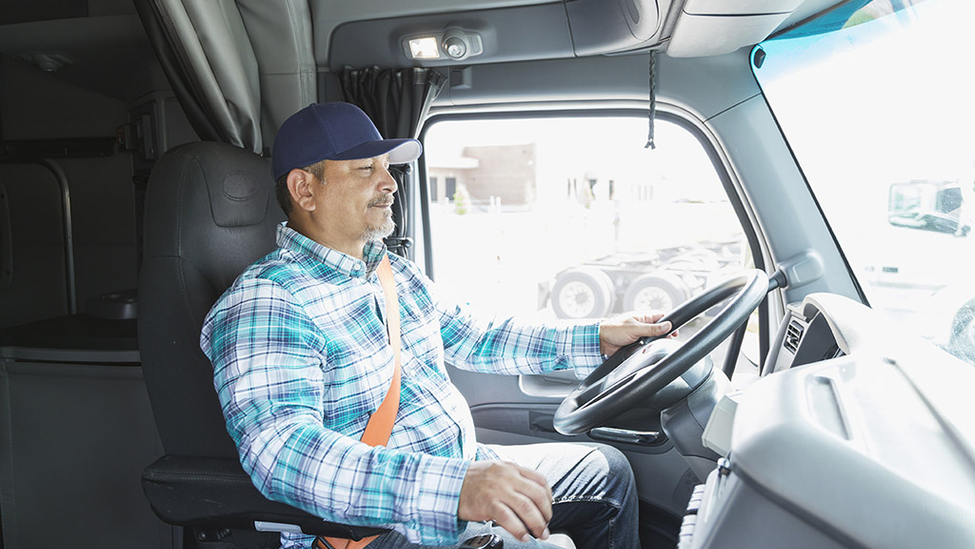
Driver & Fleet Safety
4 Steps to Safer Drivers
Driver health, motor vehicle records and vehicle telematics are all important in driver management. Get tips on driver management from Travelers.

Driver & Fleet Safety
4 Summer Driving Hazards to Be Aware of
Warm weather brings summer driving hazards. Learn how your drivers can handle these hazards and help stay safe when driving in the summer.
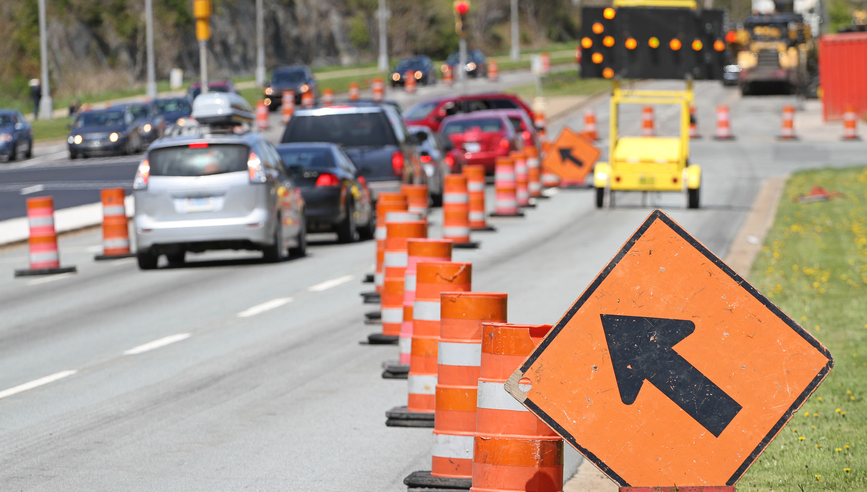
Driver & Fleet Safety
How to Help Prevent Rear-End Collisions
Rear-end collisions can cause serious harm to people and property and can create significant costs for business owners. Learn how to help reduce rear-end accidents and protect your company's bottom line.
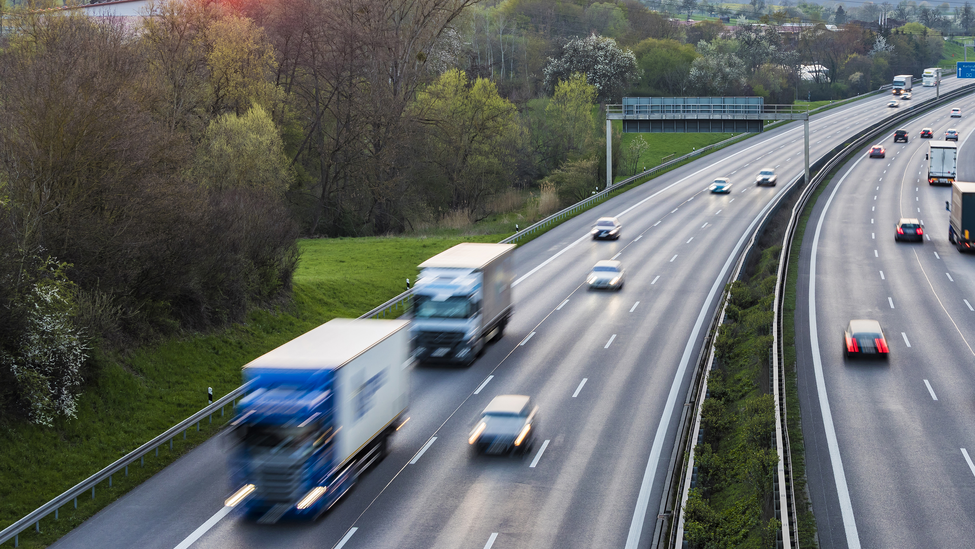
Driver & Fleet Safety
Commercial Vehicle Compliance Regulations
Determine if the vehicles in your fleet are considered commercial vehicles, and learn the regulations associated with commercial vehicles from Travelers.
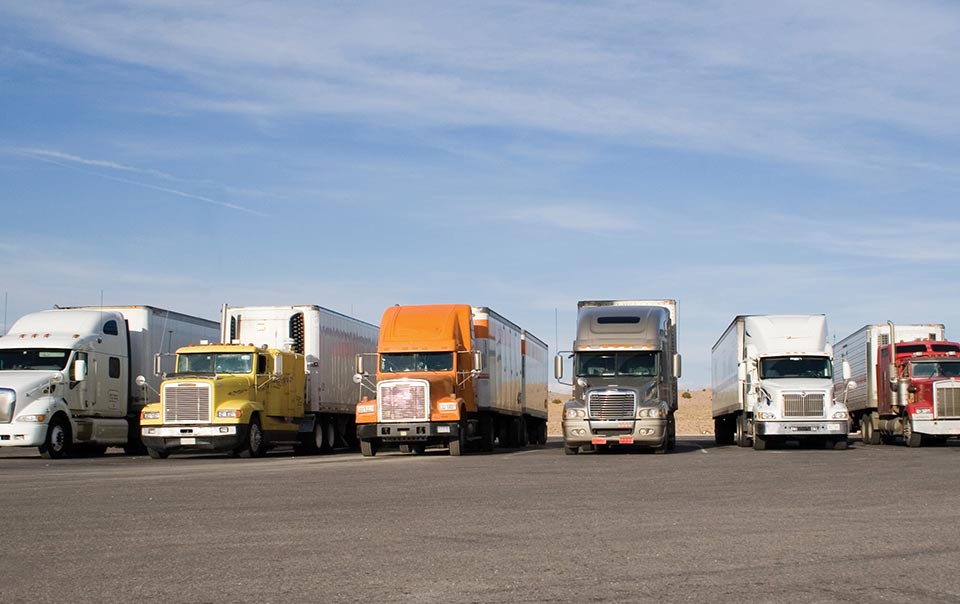
Driver & Fleet Safety
8 Elements of a Fleet Safety Program
A formal fleet safety program can help maximize fleet efficiency, enhance safety and more.
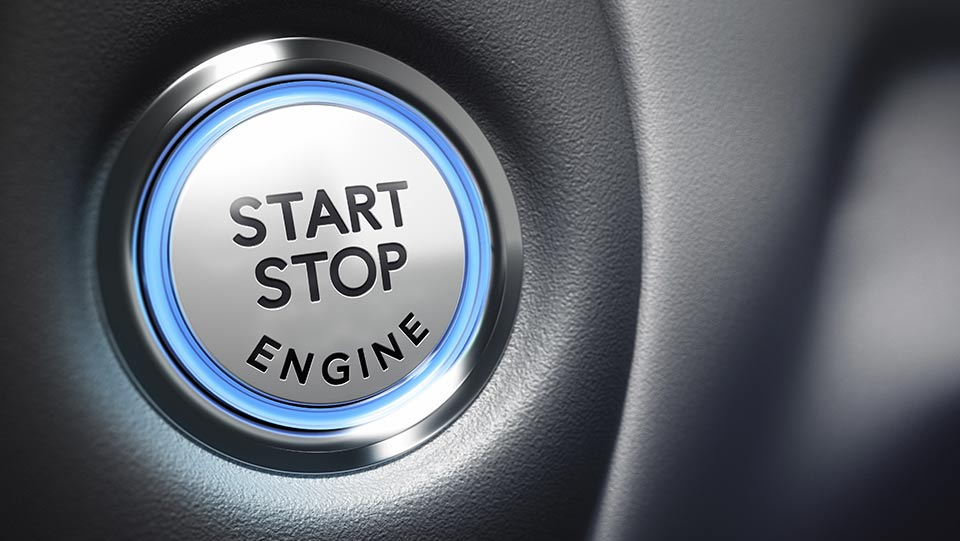
Driver & Fleet Safety
Encouraging Driver Health and Wellness for Businesses
Driver fatigue can increase the likelihood of accidents. Focus on your drivers' health and wellness with these tips from Travelers.

Driver & Fleet Safety
Food Services and Curbside Pickup — Know the Risks
Whether you currently offer delivery or curbside pickup, or are planning to in the future, know the risks so you can manage them effectively to help protect your employees and your business.

Driver & Fleet Safety
Helping to Keep Your Drivers Safe in Dangerous Conditions
Whether you have employees driving occasionally or an entire fleet of drivers, help keep them and others safe by sharing these precautions from Travelers.
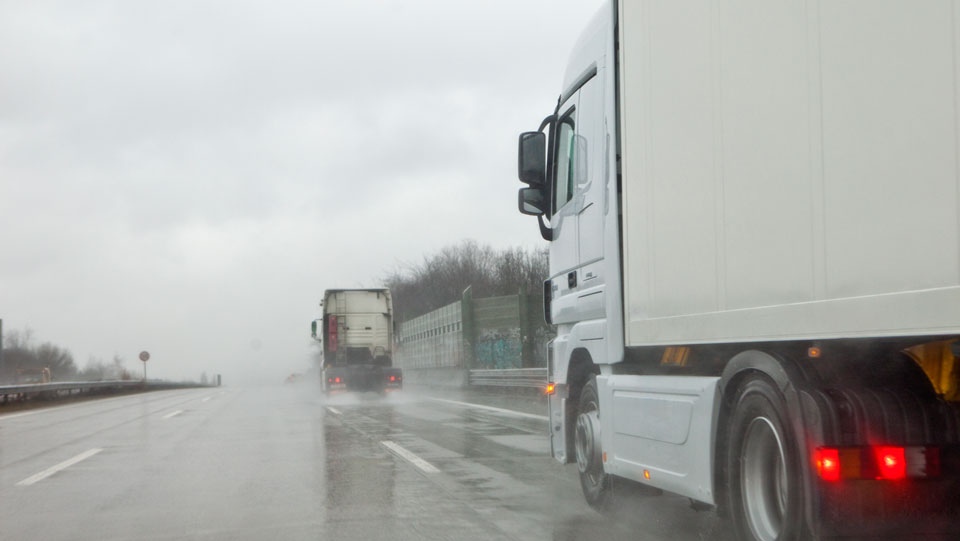
Driver & Fleet Safety
Safeguard Your Business with a Distracted Driving Policy
Help prevent distracted driving accidents in your business by creating and enforcing a mobile phone use and distracted driving policy. Learn more from Travelers.

Driver & Fleet Safety
Tips for Selecting Safe Drivers for Your Business
Hiring safe drivers and following these driver screening tips can help reduce business liability in case of an accident. Learn more from Travelers.

Driver & Fleet Safety
Vehicle Telematics Program Guidelines
Having a discussion with drivers can help vehicle telematics become accepted in your business.
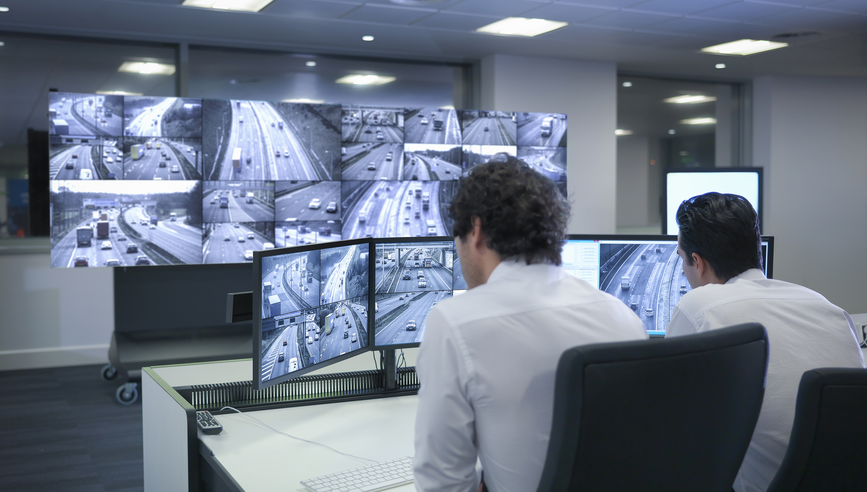
Driver & Fleet Safety
What to Do in Case of a Truck Accident
A truck accident plan can help keep drivers safe and help your company determine the root cause.
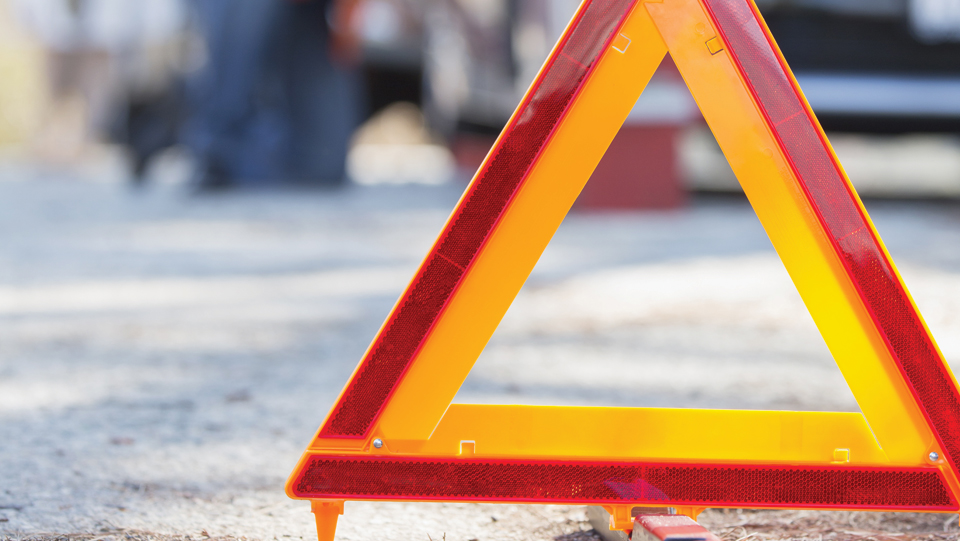
Driver & Fleet Safety
ELD Mandate Can Help Foster Adoption of Telematics Programs
Efforts to comply with a federal rule requiring carriers and drivers to electronically track miles driven can be an opportunity for companies to adopt a more robust telematics.

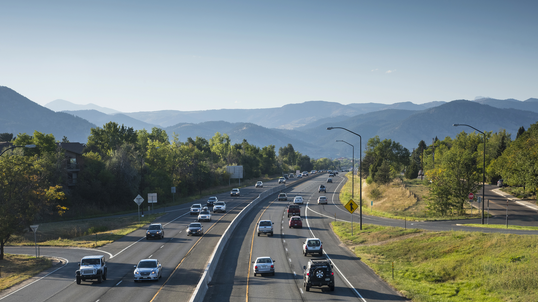
Eliminate Distracted Driving at Home and Work
The Travelers Risk Index finds distracted driving habits among both employees and consumers. Learn more about these alarming statistics and how to encourage safety on the road.
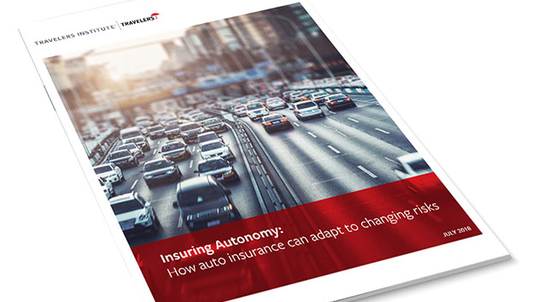
Insuring autonomous vehicles
Will insurance remain relevant as the world transitions to cars that drive themselves? Find out how insurance can adapt to changing risks.
Risk Control Customer Portal
Find more digital tools and resources for Travelers business customers.
